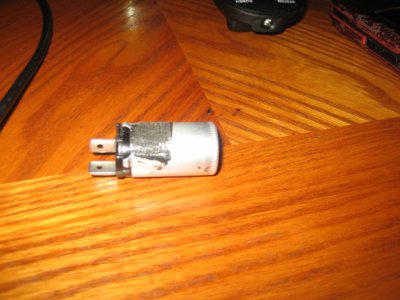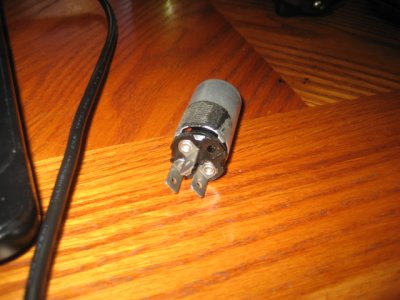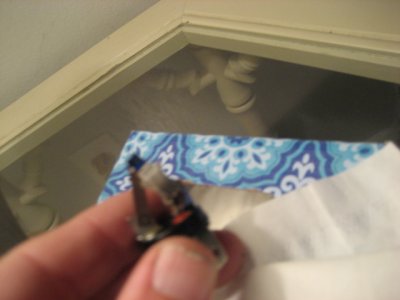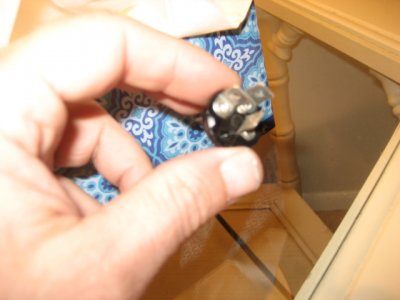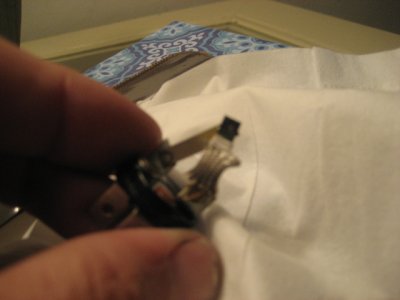That orange wire feeds from the igntion switch to the dome lights, etc, and also feeds through the fuse panel to the instrument light fuse and on to the instument light circuit (through a tan wire to the headligth connector). So that is a sign that there is system power being fed backwards from the instrument circuit into this circuit and very likely back through dome light fuse into the whole main electriclal supply system.
This would explain why you see various lights get brighter when you turn the headlight switch counter-clockwise (post #27); turning that knob CCW lowers the instrument dimmer rheostat's resistance lower, allowing more power to be backfed into the whole electrical system, including these lights. You could confirm or deny this by putting a voltmeter on either end of the instrument light fuse; the voltage would go up as the knob was turned CCW.
One other possible cause for this is not a short in the insturment light circuit but a missing ground on the instrument cluster. If this was the case, then when the other lights that get brighter with the dimmer being turned CCW, then the instrument lights would get brighter too. But the reheostat would never get hot if this was the case, so I still think there is a short to the instrument lamp circuit from the main power output of the alternator (or maybe the battery feed).
Have you checked the fusible link from the starter relay's big lug to the firewall connection? That being blown along with another short could be making current to flow backwards where it should not.
Also, have you checked all around the fuse block front and back for shorts? The instrument fuse should not be big enough to allow a lot of current to flow through it, but there could be a short in that fuse block (or the wiring to/from it), or the fuse has been replaced with one that has way too large an amperage rating.
Bottom line: You still have short somewhere. Keep examining the wiring. Tedious but necessary....
